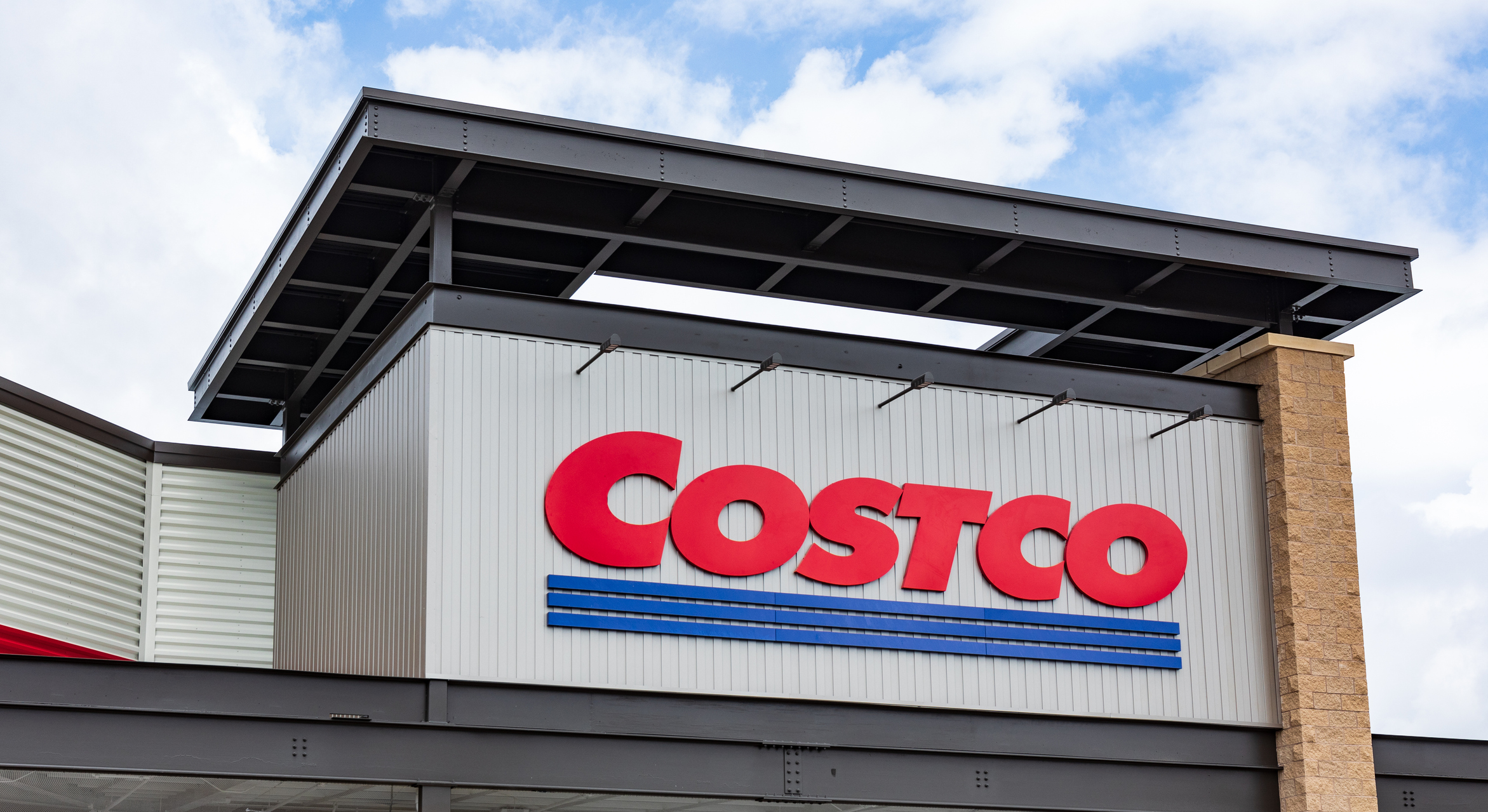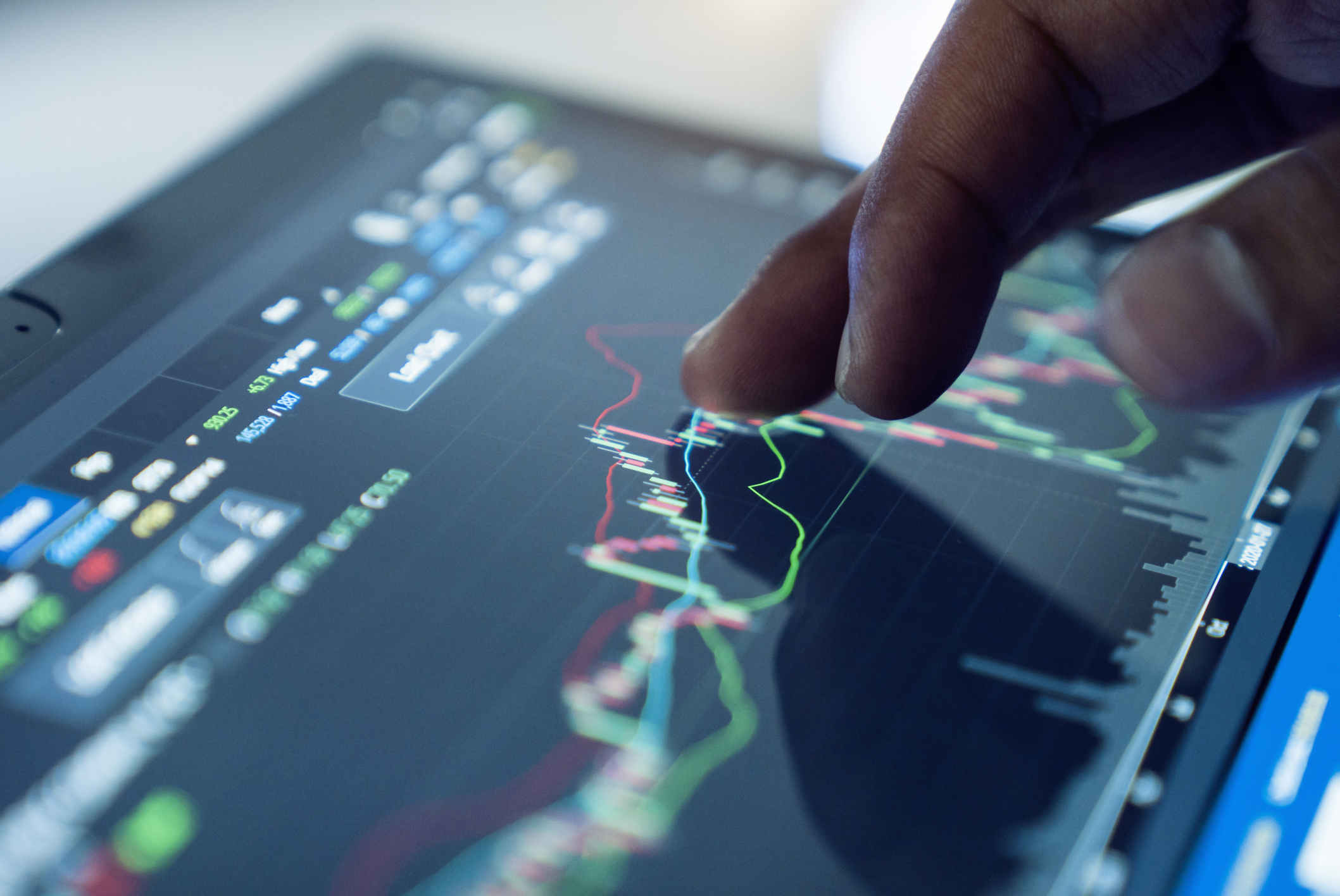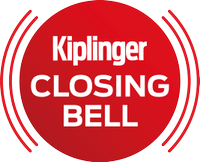Put Costco on Your 'To Buy' List?
The biggest wholesale club operator is well positioned to maintain its leading position -- just be prepared to pay a premium for its shares.
When the economy gets tough, penny-pinching consumers choose Spam instead of ham. They also tend to buy in bulk to save on grocery costs.
Both trends benefit Costco Wholesale, the warehouse-club giant. "Costco is better equipped to weather a recession than other retailers since food is 60% of its sales mix," says Stephanie Hoff, an analyst at Edward Jones.
If you invested in Costco a year ago, you're getting an even better deal that its 52 million shoppers. The stock (symbol COST), which closed at $66.62 on March 26, has climbed 21% over the past 12 months, handily beating Standard & Poor's 500-stock index, which lost 7% over the same period.

Sign up for Kiplinger’s Free E-Newsletters
Profit and prosper with the best of expert advice on investing, taxes, retirement, personal finance and more - straight to your e-mail.
Profit and prosper with the best of expert advice - straight to your e-mail.
Costco is the biggest wholesale club operator in the country by sales, with about 530 stores in 40 states and a handful of countries. The stores carry about 4,000 items -- a fraction of the variety offered by rival discounters, such as Wal-Mart Stores (WMT) and Target (TGT). Costco caps mark-ups at about 14% above the cost of merchandise, well below that of other big retailers, which typically set prices at 25% to 50% above costs. Costco also provides financial services and sells gasoline.
The slumping economy is allowing Costco to upgrade its merchandise. Many companies that previously turned up their noses at the company's cavernous, non-descript warehouses are selling to Costco now that shoppers are spending less time and money at upscale malls. Among previously unavailable clothing lines that Costco started carrying recently, at prices well below those charged by other retailers, are Janzen, Hurley, Lucky and OshKosh.
Analyst John Gabriel of Morningstar notes that Costco also benefits from the decision of many retailers to freeze expansion plans. That gives Costco more choices and more bargaining power as it picks locations for new sites.
The Issaquah, Wash., company plans to open 16 to 18 new stores before the conclusion of its fiscal year, which ends on August 31. Longer term, chief executive Jim Sinegal says he's wants to double the size of the business over the next ten years.
Costco posted strong results during its second fiscal quarter, which ended on February 17. It said that customers visited its stores slightly more often and made larger transactions than in the same quarter a year earlier.
Helped by rising gasoline prices, revenues rose 12% from the year-ago quarter, to $17 billion, while sales from stores open a year or more rose 7% ((without the jump in fuel prices, the increase in U.S. same-store sales would have been 3%). Profits increased 31% from the same period a year earlier, and operating margins (profits from operations divided by revenues) expanded slightly, to 3% from 2.4%, as store productivity improved.
The number of new households signing up for membership jumped 11% during the quarter. That's an important figure because annual membership charges of $50 or so are vital to Costco's bottom line. Costco's 87% membership renewal rate reflects the loyalty of its shoppers. Membership fees totaled $343 million in the second quarter.
The company is taking other steps to boost profits. It has tightened its return policy for electronics and is looking to gain a bigger foothold overseas (it currently operates in Canada, Mexico, the United Kingdom, South Korea and Taiwan).
Costco is also getting a boost from higher sales of its private-label Kirkland brand. Sales of the in-store brand rose by more than $600 million over the past 12 months.
Naturally, there are some chinks in the bullish case for Costco. For starters, the stock is pricy. It trades at 21 times the average of analysts' earnings estimate of $3.08 per share for the 12-month period that ends in November. That compares with a price-earnings ratio of about 13 for the S&P 500 and an average P/E of about 16 for the stocks of major retailers. Costco's P/E is also well above the 13% annual earnings growth that analysts expect the company to generate over the next three to five years.
And Costco, of course, isn't just a purveyor of tilapia and toilet paper. The company acknowledges that the economic slowdown is affecting causing customers to hold off on purchases of big-ticket items such as jewelry and furniture.
Costco also faces heavy competition from supermarket chains, discounters and other warehouse clubs, such as BJ's and Wal-Mart-owned Sam's Club. And Costco's California stores account for more than 30% of its sales, so any major regional hiccup could hurt sales and profits.
But with little long-term debt and enough cash flow to support store expansion, Costco is well positioned to improve profits and maintain its leading position among warehouse stores. So don't just think of this big-box leader as a great place to go shopping. Think about putting the company itself on your "to buy" list.
Get Kiplinger Today newsletter — free
Profit and prosper with the best of Kiplinger's advice on investing, taxes, retirement, personal finance and much more. Delivered daily. Enter your email in the box and click Sign Me Up.
-
 6 Stunning Waterfront Homes for Sale Around the US
6 Stunning Waterfront Homes for Sale Around the USFrom private peninsulas to lakes, bayous and beyond, Kiplinger's "Listed" series brings you another selection of dream homes for sale on the waterfront.
By Charlotte Gorbold Published
-
 Six Reasons to Disinherit Someone and How to Do It
Six Reasons to Disinherit Someone and How to Do ItWhether you're navigating a second marriage, dealing with an estranged relative or leaving your assets to charity, there are reasons to disinherit someone. Here's how.
By Donna LeValley Published
-
 Fed Leaves Rates Unchanged: What the Experts Are Saying
Fed Leaves Rates Unchanged: What the Experts Are SayingFederal Reserve As widely expected, the Federal Open Market Committee took a 'wait-and-see' approach toward borrowing costs.
By Dan Burrows Published
-
 Fed Sees Fewer Rate Cuts in 2025: What the Experts Are Saying
Fed Sees Fewer Rate Cuts in 2025: What the Experts Are SayingFederal Reserve The Federal Reserve cut interest rates as expected, but the future path of borrowing costs became more opaque.
By Dan Burrows Published
-
 Stock Market Today: Broadcom Earnings Boost the Nasdaq
Stock Market Today: Broadcom Earnings Boost the NasdaqBroadcom became the latest member of the $1 trillion market-cap club after its quarterly results, while RH also rallied on earnings.
By Karee Venema Published
-
 Is Costco Stock Still a Buy After Earnings?
Is Costco Stock Still a Buy After Earnings?Costco stock is slightly higher Friday after the warehouse club beat expectations for its fiscal first quarter. Here's what Wall Street has to say.
By Joey Solitro Published
-
 Why Is Warren Buffett Selling So Much Stock?
Why Is Warren Buffett Selling So Much Stock?Berkshire Hathaway is dumping equities, hoarding cash and making market participants nervous.
By Dan Burrows Published
-
 Fed Cuts Rates Again: What the Experts Are Saying
Fed Cuts Rates Again: What the Experts Are SayingFederal Reserve The central bank continued to ease, but a new administration in Washington clouds the outlook for future policy moves.
By Dan Burrows Published
-
 If You'd Put $1,000 Into Google Stock 20 Years Ago, Here's What You'd Have Today
If You'd Put $1,000 Into Google Stock 20 Years Ago, Here's What You'd Have TodayGoogle parent Alphabet has been a market-beating machine for ages.
By Dan Burrows Last updated
-

 Stock Market Today: Dow Hits New High After Upbeat Inflation Data
Stock Market Today: Dow Hits New High After Upbeat Inflation DataThe Fed's preferred inflation gauge continues to cool. Markets shift focus to next week's jobs report.
By Karee Venema Published